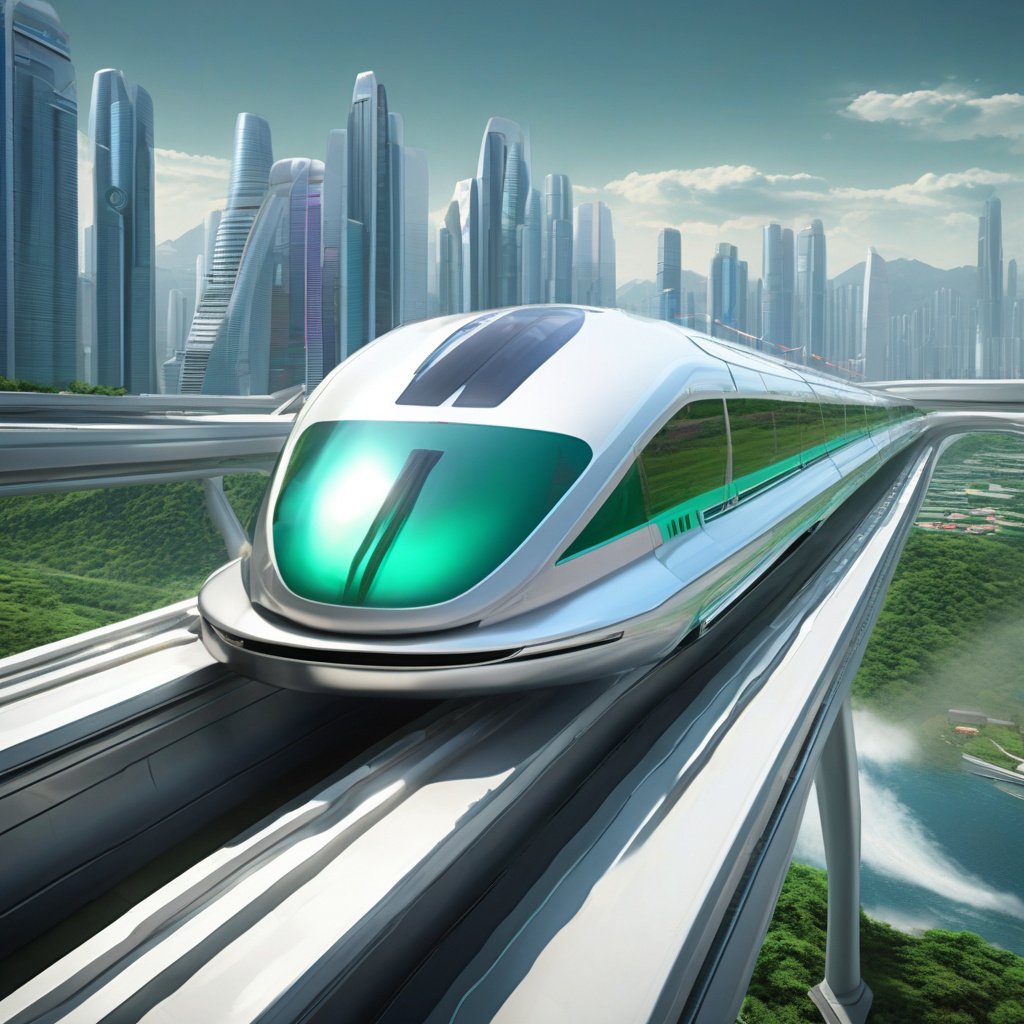Maglev Momentum: Why Asia Speeds Ahead While Western High-Speed Projects Derail
Imagine gliding across long distances at nearly 400 miles per hour on a train that hovers effortlessly above its tracks, propelled forward by magnetic levitation technology. This futuristic mode of transportation is a reality in Asia, where Maglev trains have been operating successfully for years, revolutionizing the way people travel between cities. Meanwhile, high-speed rail projects in Western countries have been plagued by delays, budget overruns, and political obstacles, raising the question: why is Asia able to maintain its momentum in high-speed rail innovation while the West struggles to keep up?
One of the key reasons behind Asia’s success with Maglev technology is the region’s long-term vision and commitment to investing in infrastructure. Countries like Japan and China have prioritized high-speed rail as a strategic industry, pouring billions of dollars into research, development, and implementation. This proactive approach has allowed Asian countries to build extensive Maglev networks that connect major urban centers, stimulate economic growth, and reduce carbon emissions from traditional modes of transportation.
For example, the Shanghai Maglev Train in China is the world’s first commercial high-speed Maglev line, with a top speed of 267 mph. This cutting-edge technology has not only reduced travel time between Shanghai Pudong International Airport and the city center to just 7 minutes but has also set a new benchmark for efficiency and sustainability in public transportation. The success of the Shanghai Maglev Train has inspired other Asian countries to invest in Maglev projects, further solidifying the region’s leadership in high-speed rail innovation.
In contrast, Western high-speed rail projects have faced numerous challenges that have hindered their progress. In the United States, for instance, plans for a high-speed rail network connecting major cities like Los Angeles and San Francisco have been delayed due to funding shortages, legal disputes, and changing political priorities. Similarly, high-speed rail projects in Europe have encountered difficulties related to coordination between different countries, technical standards, and financing mechanisms.
Moreover, the lack of a unified approach to high-speed rail development in Western countries has resulted in fragmented networks that are unable to compete with the seamless connectivity offered by Asian Maglev systems. While some European countries have made significant investments in high-speed rail, such as France’s TGV and Spain’s AVE, the overall progress has been slow and uneven compared to the rapid expansion of Maglev networks in Asia.
To stay competitive in the global transportation market, Western countries must learn from Asia’s success with Maglev technology and prioritize long-term planning, collaboration between public and private sectors, and sustainable funding models for high-speed rail projects. By embracing innovation and investing in cutting-edge technologies like Maglev, the West can regain its momentum in high-speed rail and create a more efficient, interconnected transportation network for the future.
In conclusion, the contrast between Asia’s thriving Maglev networks and the challenges faced by Western high-speed rail projects highlights the importance of visionary leadership, strategic investment, and technological innovation in shaping the future of transportation. As Asia continues to speed ahead with its Maglev momentum, Western countries must reevaluate their approach to high-speed rail and take decisive action to ensure they do not fall further behind in the race for a more sustainable and efficient transportation system.
#Maglev, #HighSpeedRail, #TransportationInnovation, #InfrastructureDevelopment, #GlobalConnectivity












